Willow wattle,
Broughton Willow
Display all 19 images
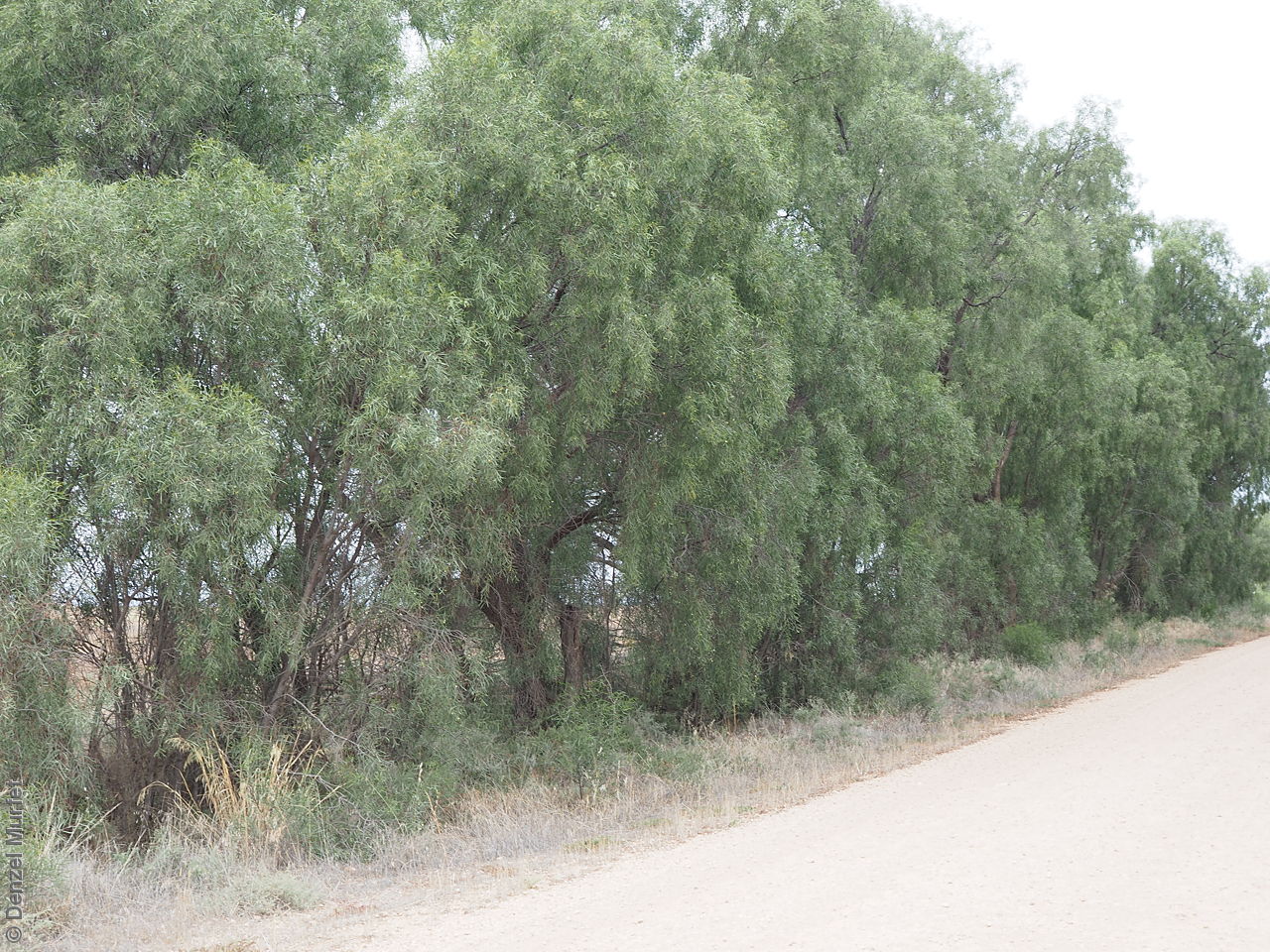

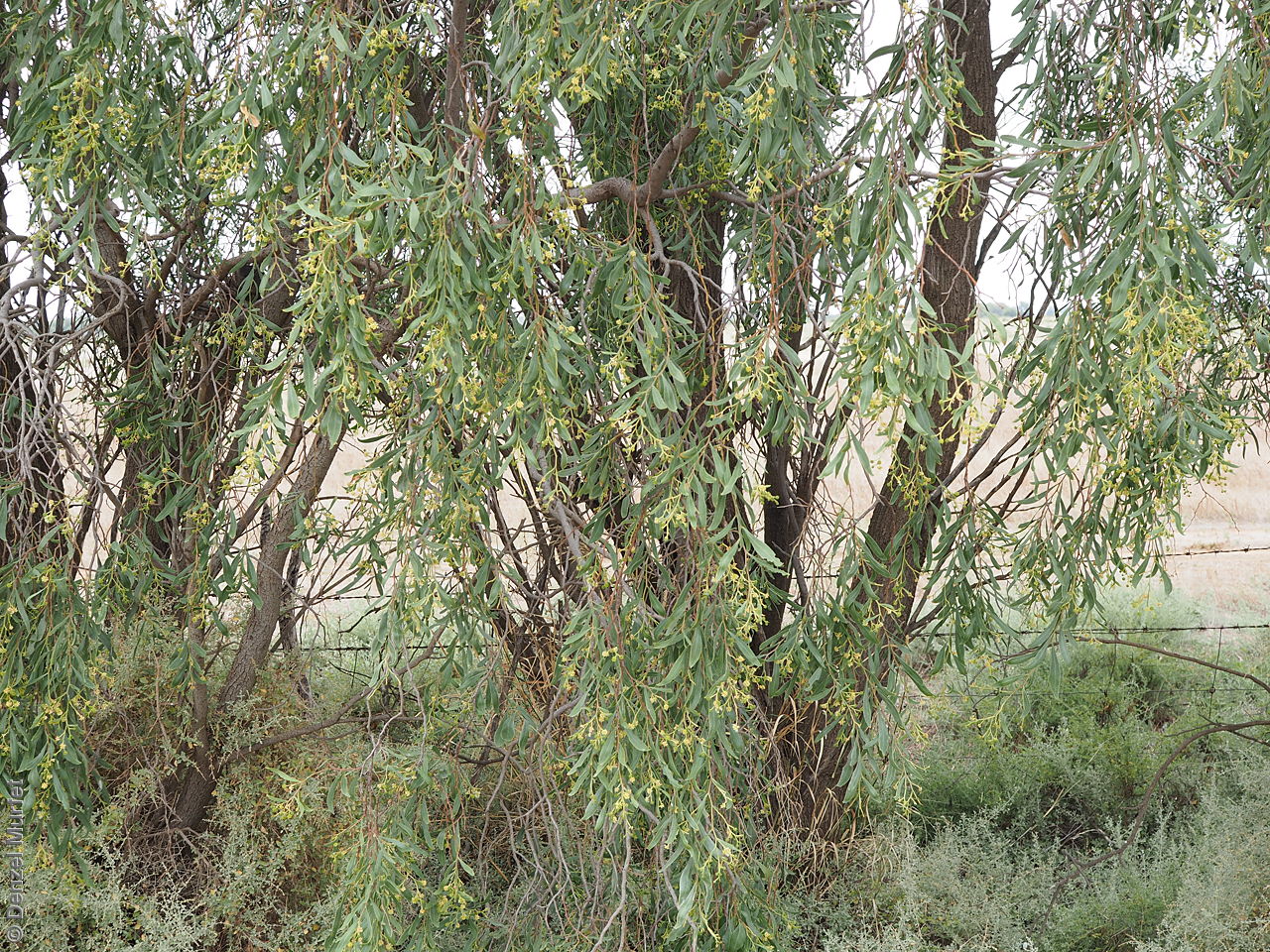

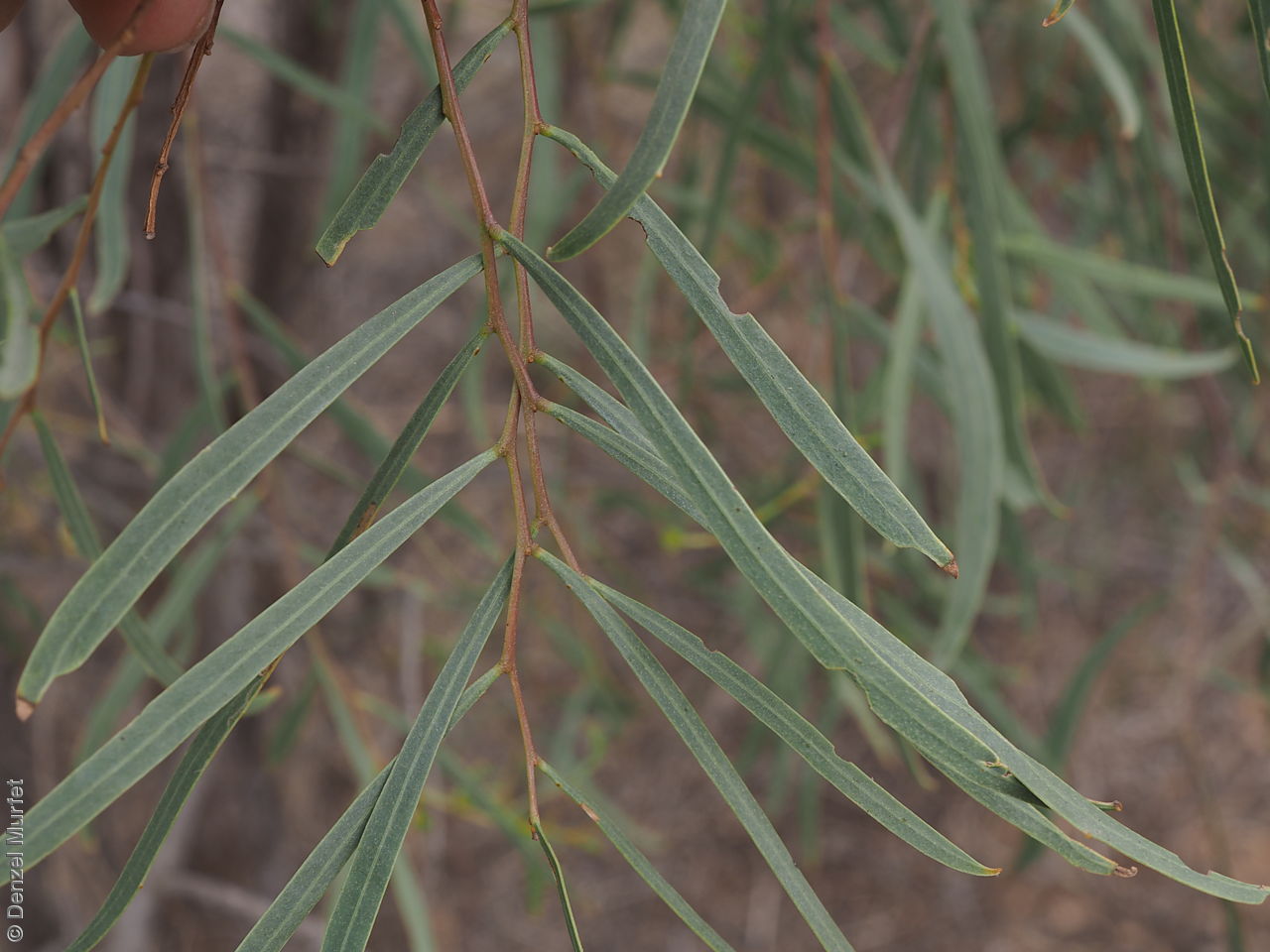
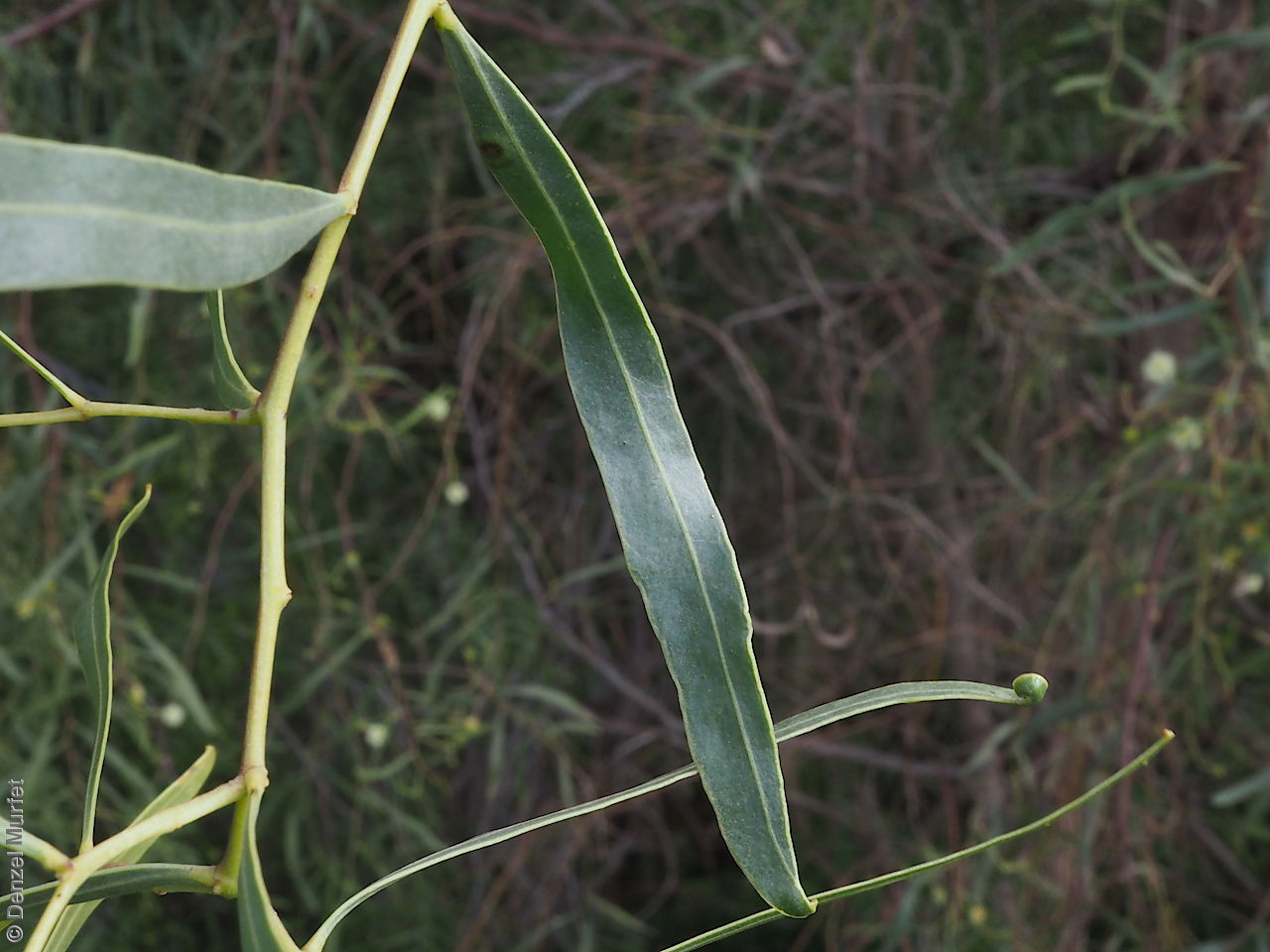

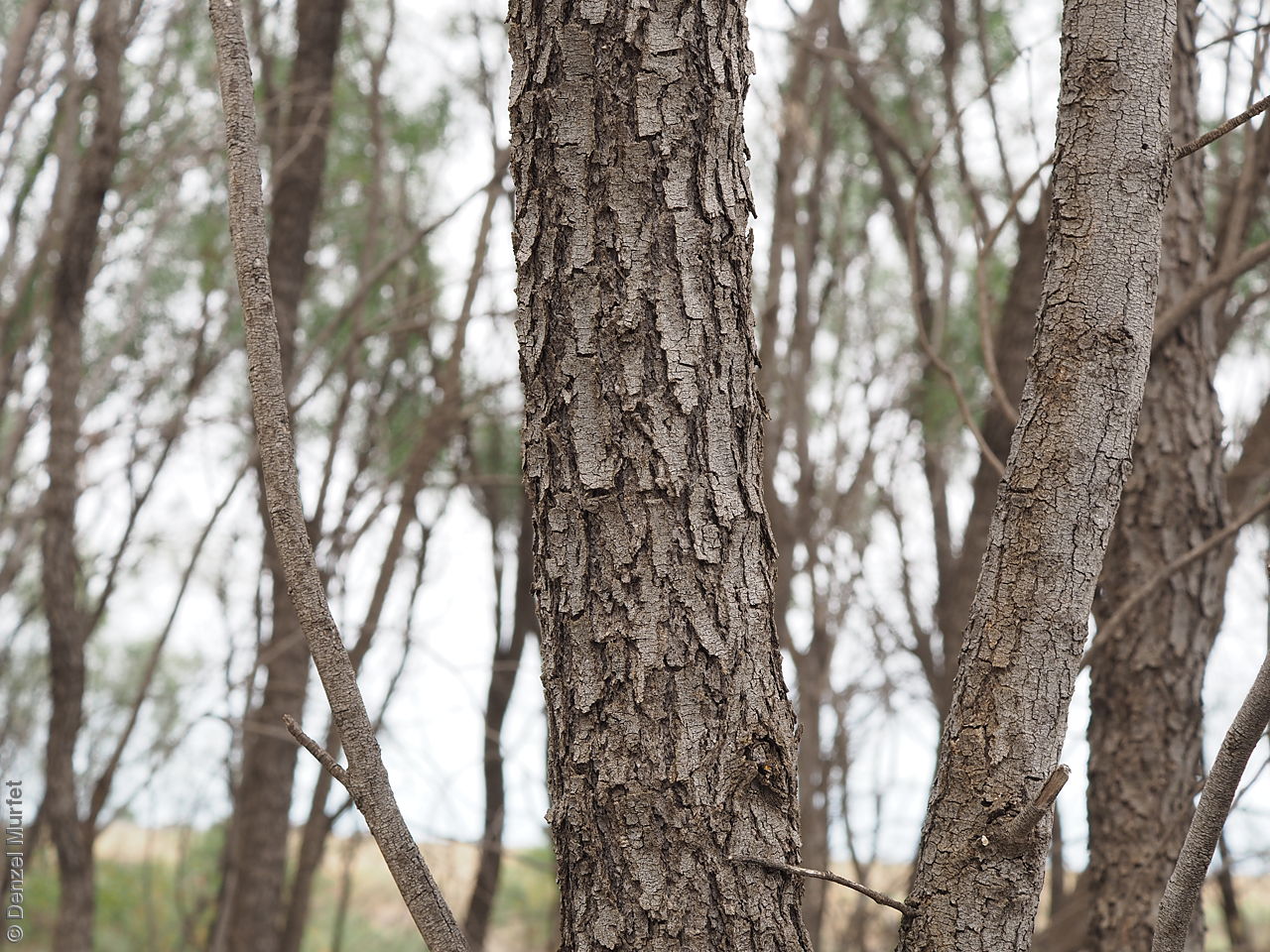
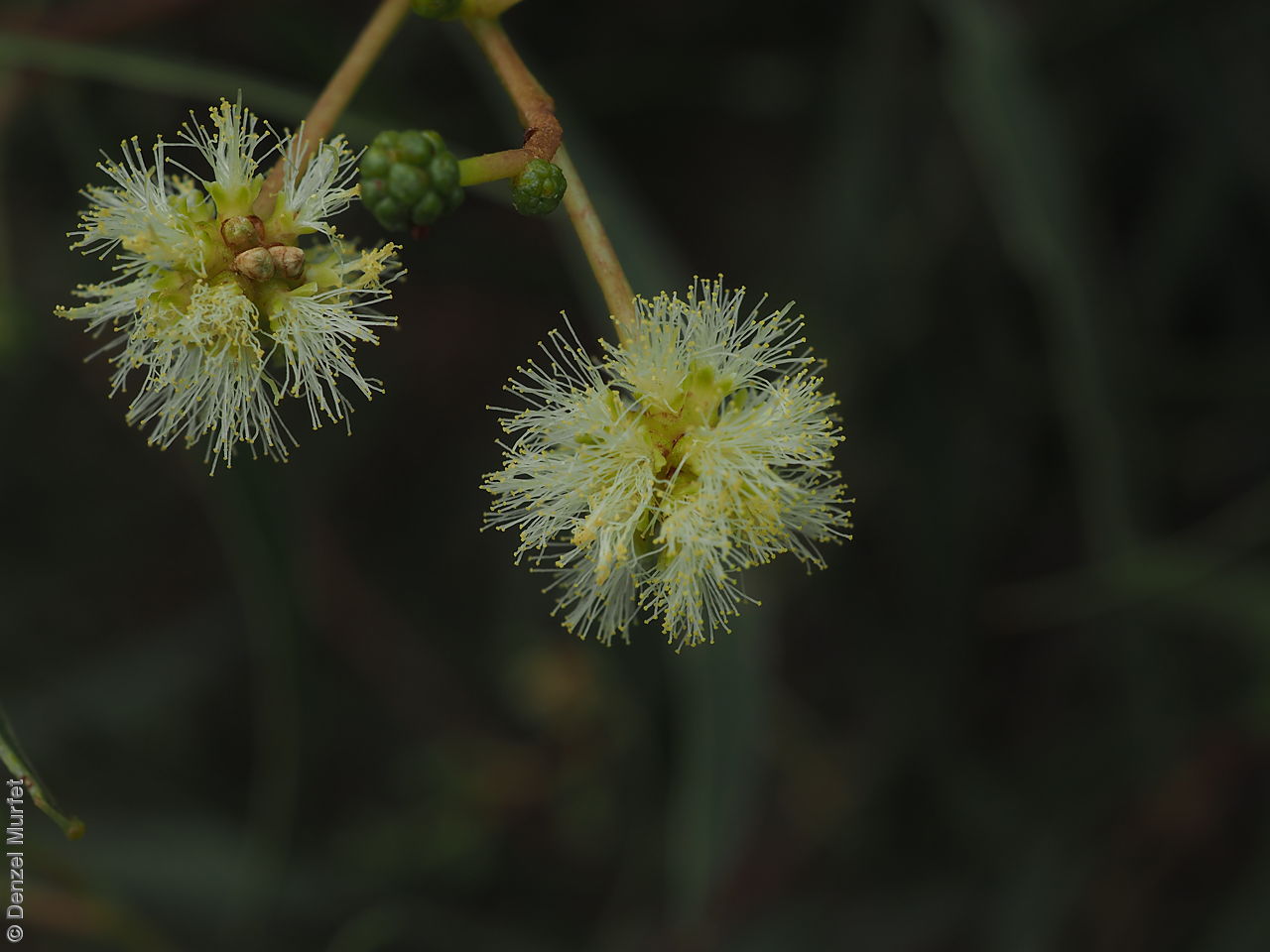


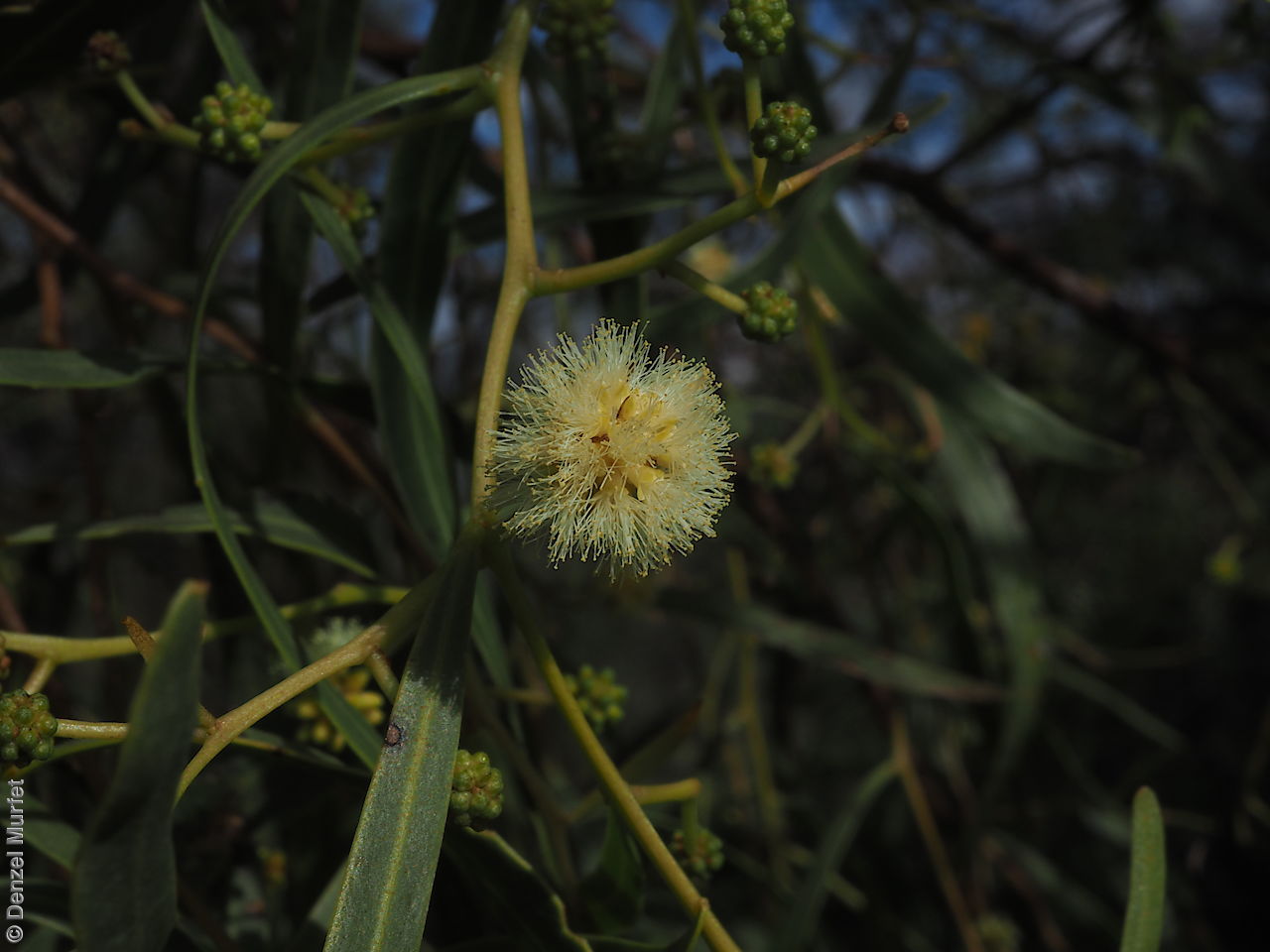
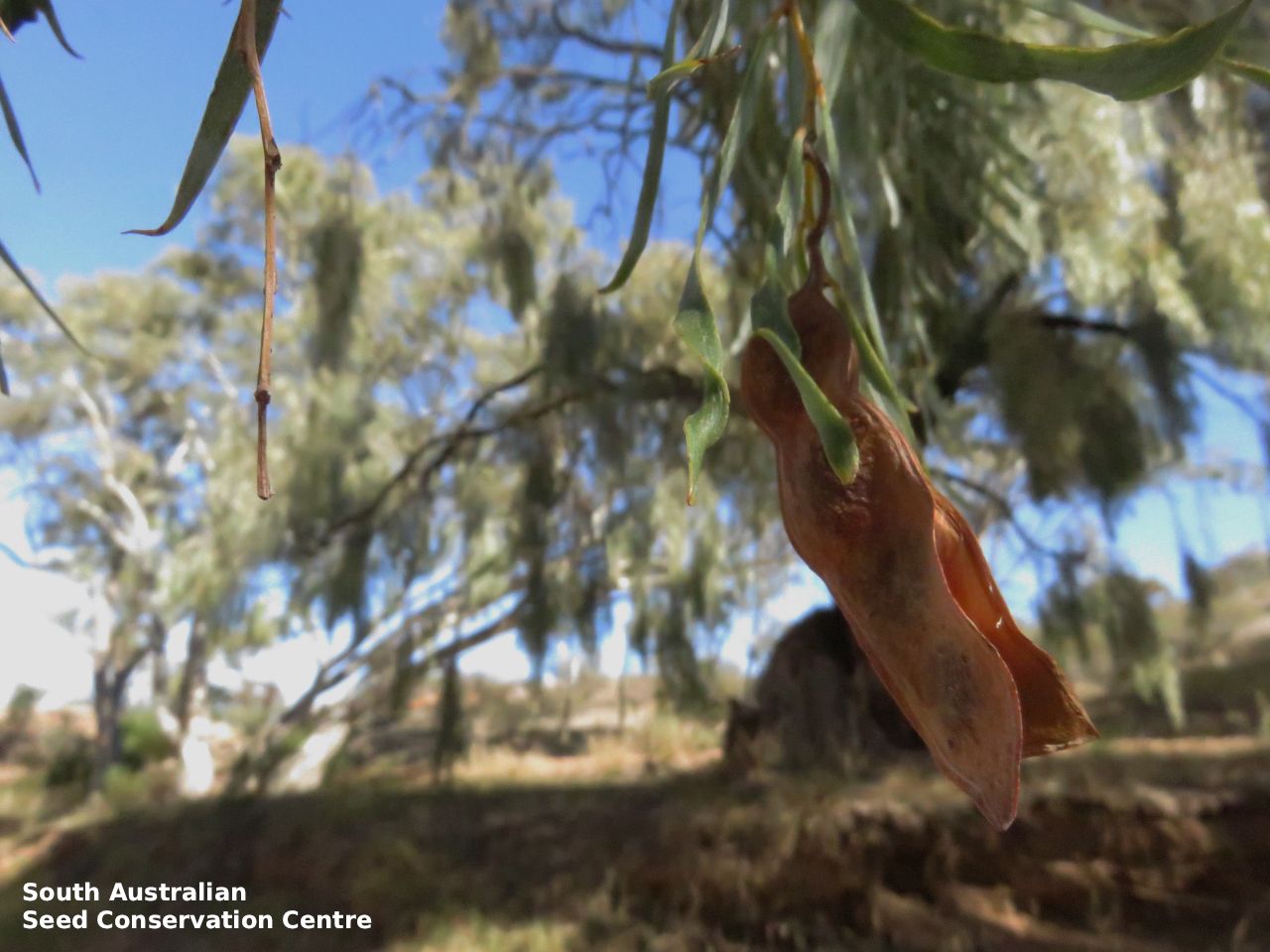
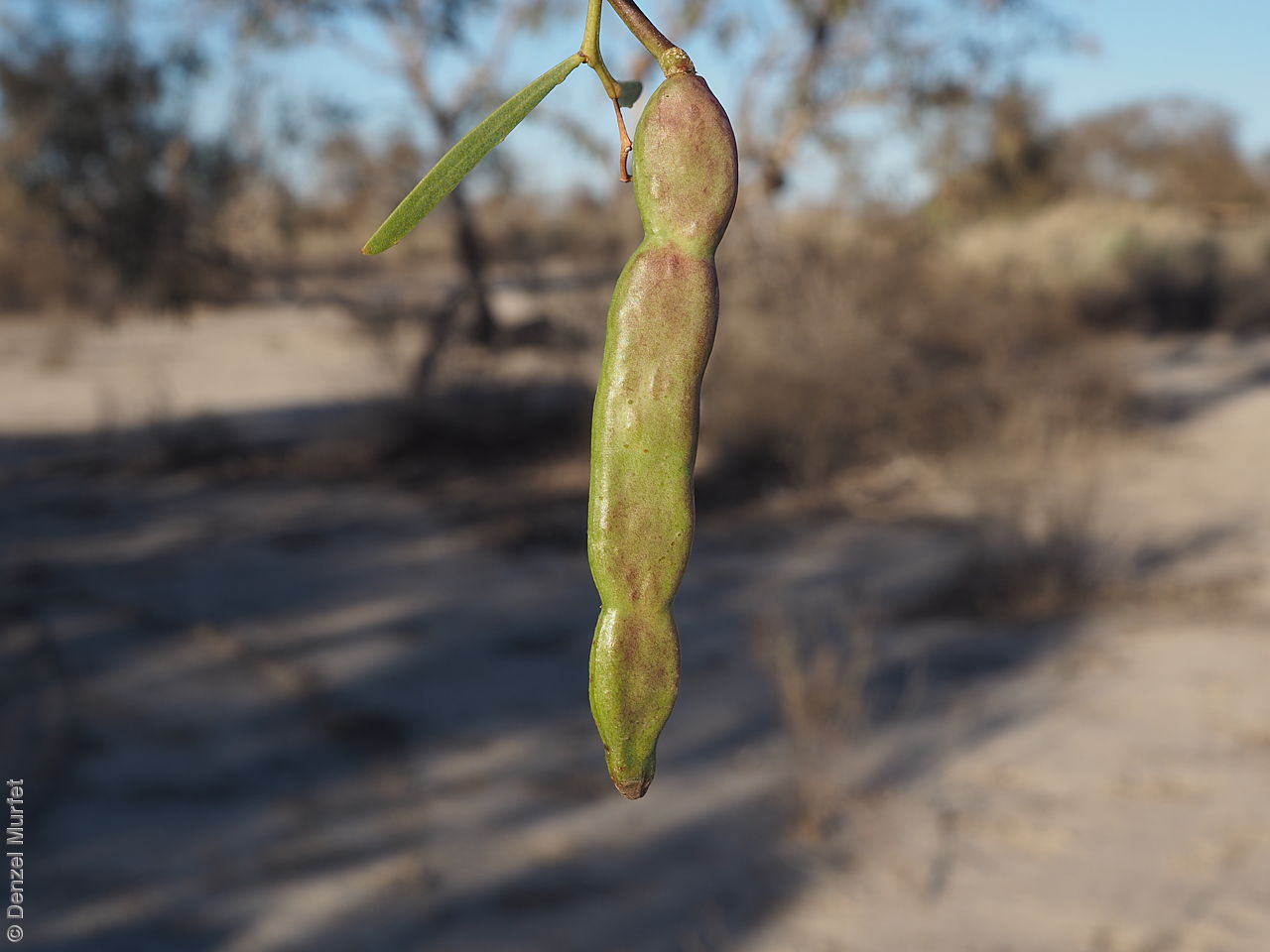

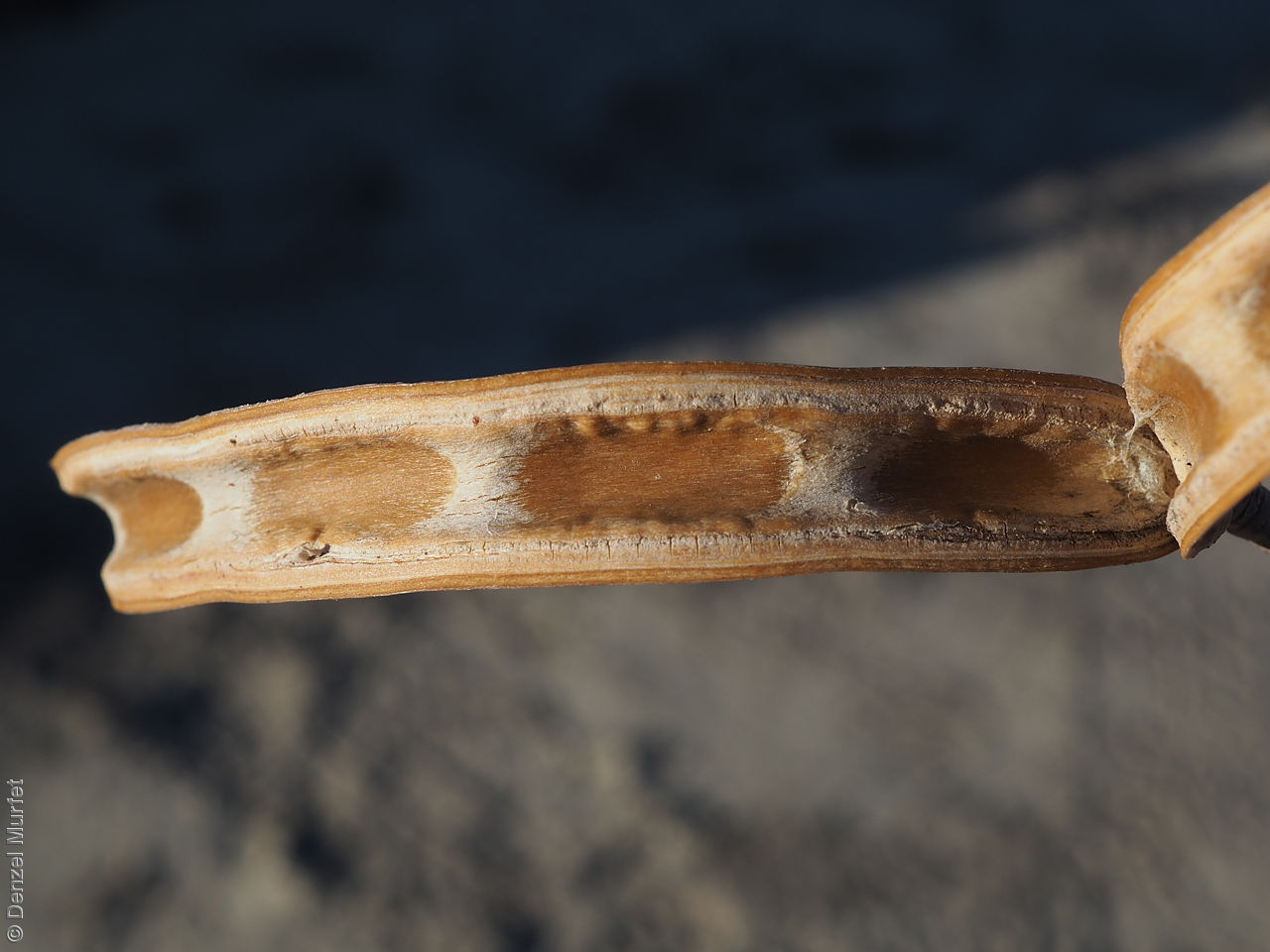
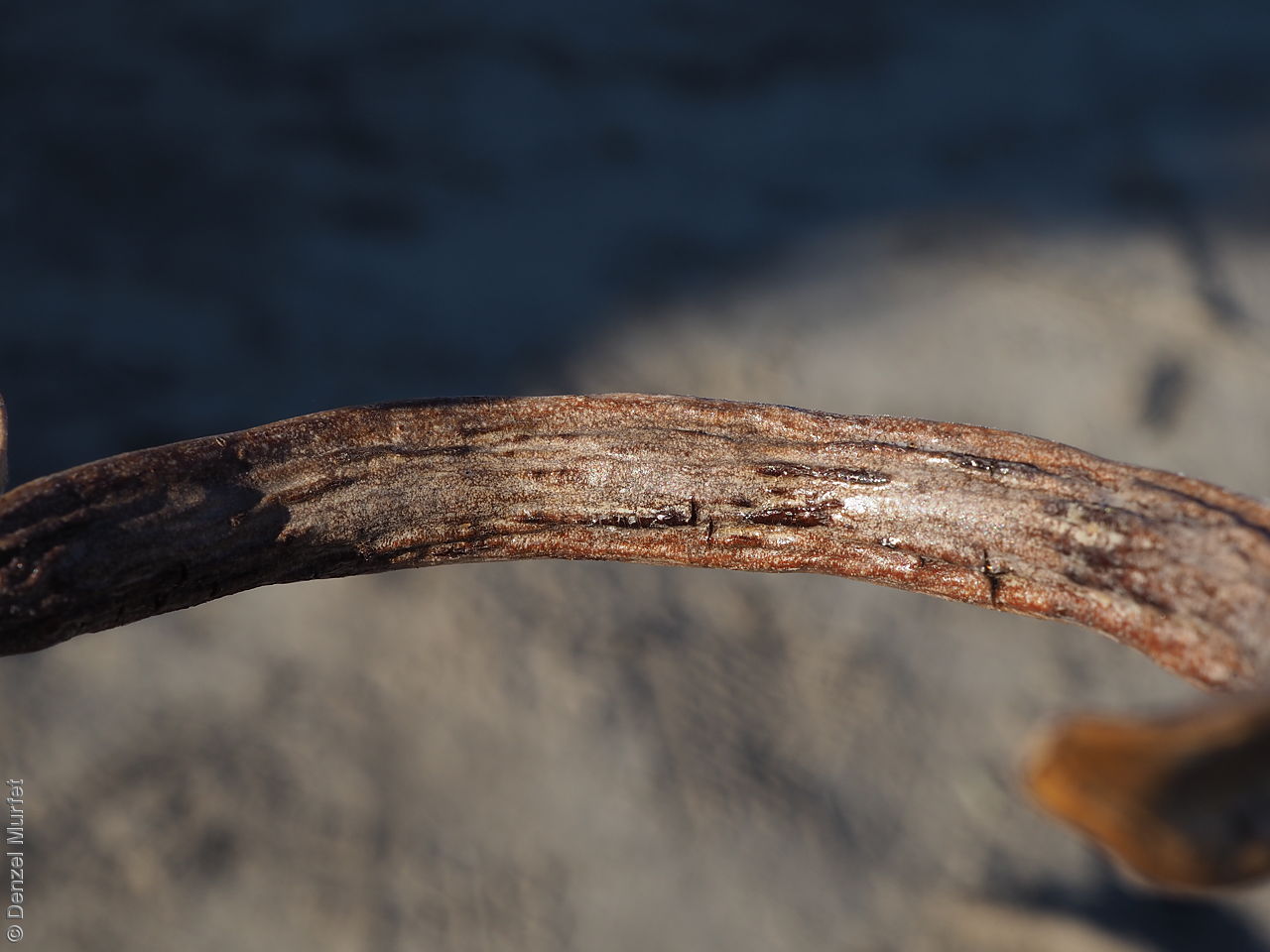


Regional Species Conservation Assessments per IBRA subregion.

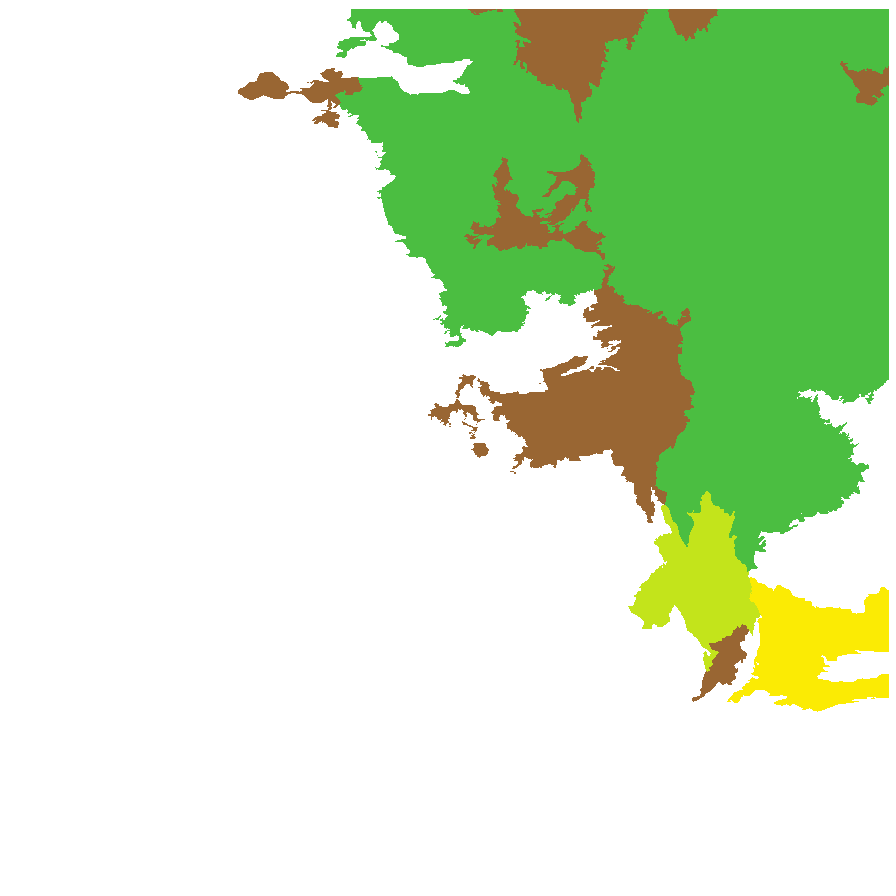
Least concern
Near threatened
Rare
Vulnerable
Endangered
Critically endangered
Extinct
Data deficient
Adelaide
Arkaroola
Ceduna
Coober Pedy
Hawker
Innamincka
Marla
Marree
Mount Gambier
Oodnadatta
Renmark
Wudinna
Keith
Yunta
Display IBRA region text
| Mount Lofty Ranges (FLB01) | Flinders Lofty Block | Rare (IUCN: RA d(ii)) |
| Broughton (FLB02) | | Near Threatened (Probable Decline) |
| Olary Spur (FLB03) | | Data Deficient |
| Southern Flinders (FLB04) | | Least Concern |
| Northern Flinders (FLB05) | | Least Concern |
| Central Flinders (FLB06) | | Least Concern |
| St Vincent (EYB02) | Eyre Yorke Block | Near Threatened (Probable Decline) [Suckering species. Localised pops. Climate change threat] |
| Murray Mallee (MDD02) | Murray Darling Depression | Vulnerable (IUCN: VU D1+2) (Probable Decline) [Andrew Allanson not seen since 1993 near Sedan; edge of range; old records] |
| Murray Scroll Belt (RIV06) | Riverina | Vulnerable (IUCN: VU D1+2) (Probable Decline) [edge of range; could be extinct - Andrew Allanson] |
| Gawler Lakes (GAW03) | Gawler | Rare (IUCN: RA d(ii)) |
| Arcoona Plateau (GAW04) | | Rare (IUCN: RA d(ii)) |
| Torrens (GAW06) | | Rare (IUCN: RA d(i,ii)) |
| Bimbowrie (BHC05) | Broken Hill Complex | Least Concern |
| Curnamona (BHC06) | | Least Concern [Grazing is a threat] |
| Simpson Desert (SSD02) | Simpson Strzelecki Dunefields | Rare (IUCN: RA d(i,ii)) [limited habitat] |
| Dieri (SSD03) | | Least Concern |
| Warriner (SSD04) | | Rare (IUCN: RA d(i,ii)) |
| Strzelecki Desert (SSD05) | | Least Concern |
| Breakaways (STP01) | Stony Plains | Least Concern |
| Oodnadatta (STP02) | | Least Concern |
| Murnpeowie (STP03) | | Least Concern |
| Peake-Dennison Inlier (STP04) | | Least Concern |
| Macumba (STP05) | | Least Concern |
| Witjira (STP06) | | Least Concern |
| Baltana (STP07) | | Least Concern |
| Sturt Stony Desert (CHC02) | Channel Country | Least Concern |
| Diamantina-Eyre (CHC04) | | Least Concern |
| Coongie (CHC06) | | Least Concern |
| Lake Pure (CHC07) | | Rare (IUCN: RA d(i,ii)) |
| Everard Block (CER03) | Central Ranges | Rare (IUCN: RA d(i,ii)) |
| 6 of 6 subregions | Flinders Lofty Block | Least Concern , Near Threatened , Rare , Data Deficient |
| St Vincent (EYB02) | Eyre Yorke Block | Near Threatened (Probable Decline) [Suckering species. Localised pops. Climate change threat] |
| Murray Mallee (MDD02) | Murray Darling Depression | Vulnerable (IUCN: VU D1+2) (Probable Decline) [Andrew Allanson not seen since 1993 near Sedan; edge of range; old records] |
| Murray Scroll Belt (RIV06) | Riverina | Vulnerable (IUCN: VU D1+2) (Probable Decline) [edge of range; could be extinct - Andrew Allanson] |
| 3 of 8 subregions | Gawler | Rare |
| 2 of 4 subregions | Broken Hill Complex | Least Concern |
| 4 of 4 subregions | Simpson Strzelecki Dunefields | Least Concern , Rare |
| 7 of 7 subregions | Stony Plains | Least Concern |
| 4 of 4 subregions | Channel Country | Least Concern , Rare |
| Everard Block (CER03) | Central Ranges | Rare (IUCN: RA d(i,ii)) |
Botanical art
Kath Alcock paintings: 4
Prior names
Racosperma salicinum
Acacia varians
Acacia salicina var. varians
Common names
Willow wattle
Broughton Willow
Etymology
Acacia from the Greek 'akakia' and derived from 'ake' or 'akis' meaning a sharp point or thorn and 'akazo' meaning to sharpen. Dioscorides, the Greek physician and botanist used the word in the 1st century AD for the Egyptian thorn tree, Acacia arabica. Salicina is derived from the genus Salix, a Latin word for willow and referring to its pendulous, willow-like habit.
Distribution and status
Found scattered across the eastern side of South Australia, growing in open woodland or tall open shrubland along creek banks and flood plains on grey cracking and self mulching clays, calcareous loamy, alkaline and neutral red duplex. Also found in the Northern Territory, Queensland, New South Wales and Victoria. Native. Common in South Australia. Common in the other states.
Herbarium regions: North Western, Lake Eyre, Gairdner-Torrens, Flinders Ranges, Eastern, Eyre Peninsula, Northern Lofty, Murray, Southern Lofty, Green Adelaide
AVH map: SA distribution map (external link)
Plant description
Tall shrubs or small trees to 6 m high, often found in groves due to suckering habit, with distinctive long drooping branchlets and pendulous blue-green foliage and hard, rough, grey-brown, fissured bark. Leaves broad-linear or narrow-oblanceolate, to12 cm long and 2 cm wide, flat more or less flaccid, pendulous with 1 central vein. Inflorescences axillary and solitary or mostly in racemes with 2-6 pale yellow globular flower-heads. Flowering irregularly throughout the year but mainly between February and June. Fruits narrowly oblong to 12 cm long and 1 cm wide, flat or somewhat biconvex, thick and woody with an almost straight margin. Seeds are hard, dark brown to black with a scarlet aril. Seed embryo type is investing.
Seed collection and propagation
Collect seeds between May and August. Collect mature pods that are turning brown, with hard, dark seeds inside. Place the pods in a tray and leave to dry for 1-2 weeks or until the pods begin to split. Then rub the dried pods to dislodge the seeds. Use a sieve to separate any unwanted material. Store the seeds with a desiccant such as dried silica beads or dry rice, in an air tight container in a cool and dry place. This species has physical dormancy that needs to be overcome for the seed to germinate (e.g. nicking or softening the seed coat).




















